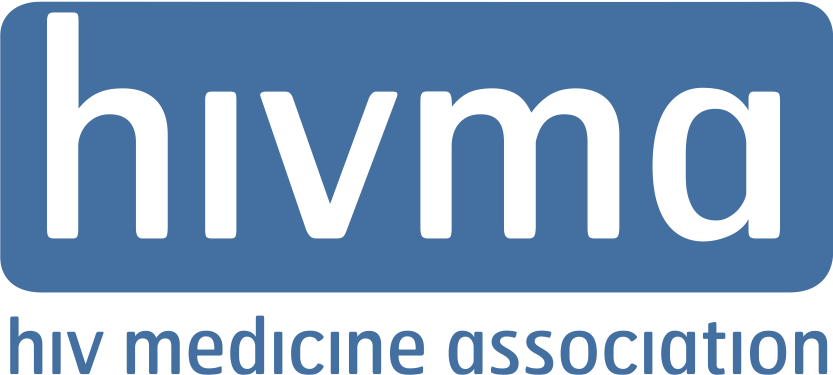![]()
Infectious Diseases and HIV Specialists Call for Urgent Policy Action to Reduce Harms of Injection Drug Use During the COVID-19 Pandemic
A rise in serious infections linked to injection drug use is of growing concern as the COVID-19 pandemic has limited access to syringe services and substance use treatment programs across the country. One study found that more than 40% of syringe services programs had restricted services due to the pandemic and 75% of programs had closed one site or more. These programs are an important resource for a range of services including sterile syringes and equipment to prevent infections, overdose prevention, HIV and hepatitis C testing, and linkages to substance use treatment services.
A new IDSA and HIVMA policy paper published today outlines a comprehensive agenda for reducing the morbidity and mortality associated with the overlapping epidemics of injection drug use and infectious diseases. The paper appears in The Journal of Infectious Diseases supplement, “Infectious Diseases and Injection Drug Use: Public Health Burden and Response,” which includes articles that highlight the changing environment for infections related to injection drug use and the implications for surveillance, prevention, and control. The supplement was sponsored by the Centers for Disease Control and Prevention.
The policy recommendations, developed prior to the pandemic, are even more critical now as a large majority of counties across the country experience an increase in drug overdoses, with one study reporting an 18% rise in drug overdoses during the pandemic. IDSA and HIVMA urge policymakers to act quickly to implement the following key policy recommendations to mitigate the impacts of the national public health crisis on people with substance use disorders and our nation’s opioid epidemic:
- Increase federal funding for syringe services programs and allow funds to be used to purchase sterile syringes in addition to other services.
- Develop a national surveillance system to report and track injection drug use–related infections to predict and respond to emerging epidemics.
- Increase funding and reimbursement for telehealth and other low-barrier access care delivery models.
- Allow states to initiate Medicaid coverage 30 days prior to release from criminal justice settings to facilitate care initiation and coordination during the transition to the community.
- Incentivize all states to expand Medicaid.
- Eliminate the buprenorphine waiver, remove patient caps, and offer grant funding for case management and other support services to clinics and practices that prescribe medications for opioid use disorders.
- Integrate medication for opioid use disorders and counseling services during incarceration.
- Integrate screening for opioid use disorders and treatment with medication for opioid use disorders into jails and prisons.
- Expand access to harm reduction during and after incarceration.
- Allow jurisdictions that have approved overdose prevention sites or supervised injection facilities to implement and evaluate the intervention in the United States.
The full set of recommendations can be found in the policy paper, “Federal and State Action Needed to End the Infectious Complications of Illicit Drug Use in the United States: IDSA and HIVMA’s Advocacy Agenda.”

